MANGALORE, India: Digital smile design has begun employing artificial intelligence (AI), raising questions about the quality and acceptability of AI-generated design. A recent study from a team of researchers based in India has compared the aesthetic appeal of AI-generated versus prosthodontist-crafted designs. The findings suggest that, while AI can produce visually acceptable outcomes, human expertise remains crucial for achieving optimal aesthetic results.
The study aimed to assess the aesthetic preferences of traditional digital and AI-generated smile designs among dentists, dental students and laypeople, addressing gaps in previous research on the clinical acceptability of AI in prosthodontic aesthetics.1 Conducted across India, the research involved 320 participants evaluating smile designs created using exocad software.
For four clinical cases, the participants were presented with paired smile designs, one generated by AI and one crafted by a prosthodontist. The designs were evaluated based on factors such as symmetry, tooth proportions and overall aesthetic harmony. Statistical analysis showed that, while AI-generated designs for two of the cases received relatively higher acceptance rates compared with the other two, the prosthodontist-crafted designs were consistently preferred across all participant categories.
These results indicate that AI algorithms can achieve acceptable levels of aesthetic appeal, but still lack the nuanced understanding and emotional context that human clinicians provide. The study concluded that prosthodontist intervention remains critical for achieving truly personalised and aesthetically harmonious outcomes in smile design.
This aligns with findings from a Romanian study published in 2024 which assessed laypeople’s and dental professionals’ perceptions of a digital smile design application.2 The research found that the preferences of both laypeople and dental professionals were shaped by features such as symmetry, tooth shade and gingival balance. Selecting and balancing these elements for an individual patient remains a clinician’s task, highlighting the importance of clinician input in achieving aesthetically pleasing results
A recent review examined the growing use of AI in digital smile design, aiming to assess model performance, points of reference and software accuracy.3 Overall, the review found no significant difference between AI-generated and dentist-created smile designs in terms of aesthetic perception. The authors concluded that further research is needed to establish the role of AI in smile design.
In summary, while AI technologies offer promising tools for enhancing efficiency in digital smile design, they currently cannot replicate the intricate understanding and personalised touch of experienced clinicians. A hybrid approach that combines AI’s efficiency with human expertise may offer the best outcomes in prosthodontic aesthetics.
Editorial note:
References
- Kaushik K, Sales A, Rodrigues SJ. Comparative analysis of facial aesthetics in AI generated versus conventionally crafted digital smile designs-a cross-sectional study. BDJ Open. 2025 Sep 15;11(1):79. doi: 10.1038/s41405-025-00367-z.
- Buduru S, Cofar F, Mesaroș A, Tăut M, Negucioiu M, Almășan O. Perceptions in digital smile design: assessing laypeople and dental professionals’ preferences using an artificial-intelligence-based application. Dent J (Basel). 2024 Apr 11;12(4):104. doi: 10.3390/dj12040104.
- Baaj RE, Alangari TA. Artificial intelligence applications in smile design dentistry: a scoping review. J Prosthodont. 2025 Apr;34(4):341–9. doi: 10.1111/jopr.14000.
Tags:
It is important to recognise that artificial intelligence (AI) is not something to be feared: it is a tool designed to enhance, not replace, the role of the...
PHILADELPHIA, US: The surge in social media use since the COVID-19 pandemic has increased public scrutiny of personal appearance, driving interest in ...
SYDNEY, Australia: Research shows that facial attractiveness can significantly influence social decisions, including those related to dating, recruitment ...
MADRID, Spain: Although the popularity of social media use in healthcare for health promotion, research, recruitment and marketing is increasing, there is ...
Live webinar
Wed. 14 January 2026
10:30 pm IST (New Delhi)
Dr. Théo Laplane, Dr. Robert Gottlander DDS
Live webinar
Fri. 16 January 2026
10:30 pm IST (New Delhi)
Live webinar
Mon. 19 January 2026
11:30 pm IST (New Delhi)
Philipp Kopp, Michael Seeber
Live webinar
Thu. 22 January 2026
7:30 pm IST (New Delhi)
Prof. Judith Jones D.D.S; M.P.H., Prof. Kakuhiro Fukai D.D.S., Ph.D, Dr. Bathsheba (Bethy) Turton
Live webinar
Fri. 23 January 2026
12:30 am IST (New Delhi)
Dr. Nicola M. Grande DDS, PhD
Live webinar
Wed. 28 January 2026
6:30 pm IST (New Delhi)
Live webinar
Wed. 28 January 2026
9:30 pm IST (New Delhi)
Prof. Dr. Jan-Frederik Güth



 Austria / Österreich
Austria / Österreich
 Bosnia and Herzegovina / Босна и Херцеговина
Bosnia and Herzegovina / Босна и Херцеговина
 Bulgaria / България
Bulgaria / България
 Croatia / Hrvatska
Croatia / Hrvatska
 Czech Republic & Slovakia / Česká republika & Slovensko
Czech Republic & Slovakia / Česká republika & Slovensko
 France / France
France / France
 Germany / Deutschland
Germany / Deutschland
 Greece / ΕΛΛΑΔΑ
Greece / ΕΛΛΑΔΑ
 Hungary / Hungary
Hungary / Hungary
 Italy / Italia
Italy / Italia
 Netherlands / Nederland
Netherlands / Nederland
 Nordic / Nordic
Nordic / Nordic
 Poland / Polska
Poland / Polska
 Portugal / Portugal
Portugal / Portugal
 Romania & Moldova / România & Moldova
Romania & Moldova / România & Moldova
 Slovenia / Slovenija
Slovenia / Slovenija
 Serbia & Montenegro / Србија и Црна Гора
Serbia & Montenegro / Србија и Црна Гора
 Spain / España
Spain / España
 Switzerland / Schweiz
Switzerland / Schweiz
 Turkey / Türkiye
Turkey / Türkiye
 UK & Ireland / UK & Ireland
UK & Ireland / UK & Ireland
 International / International
International / International
 Brazil / Brasil
Brazil / Brasil
 Canada / Canada
Canada / Canada
 Latin America / Latinoamérica
Latin America / Latinoamérica
 USA / USA
USA / USA
 China / 中国
China / 中国
 Pakistan / Pākistān
Pakistan / Pākistān
 Vietnam / Việt Nam
Vietnam / Việt Nam
 ASEAN / ASEAN
ASEAN / ASEAN
 Israel / מְדִינַת יִשְׂרָאֵל
Israel / מְדִינַת יִשְׂרָאֵל
 Algeria, Morocco & Tunisia / الجزائر والمغرب وتونس
Algeria, Morocco & Tunisia / الجزائر والمغرب وتونس
 Middle East / Middle East
Middle East / Middle East
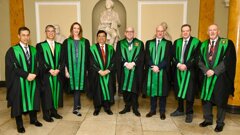
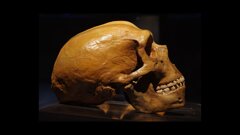

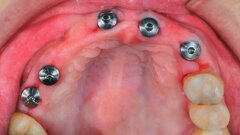


























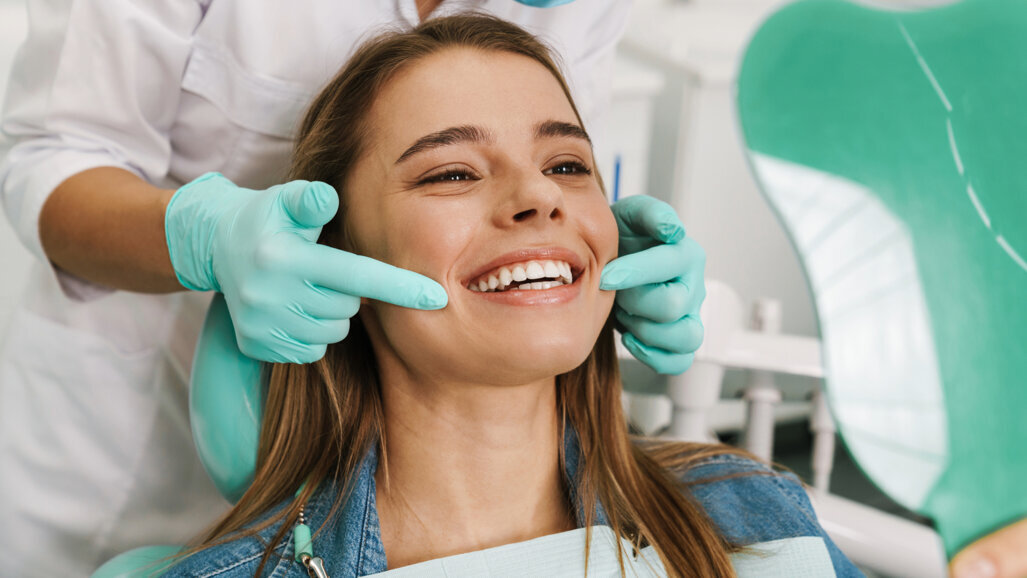



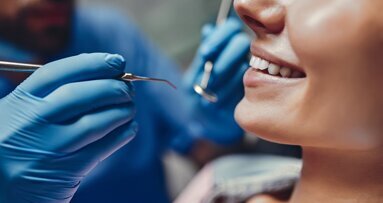


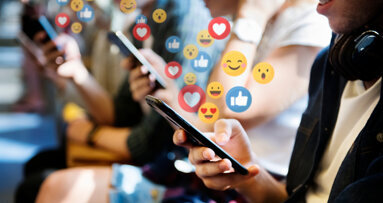

















To post a reply please login or register